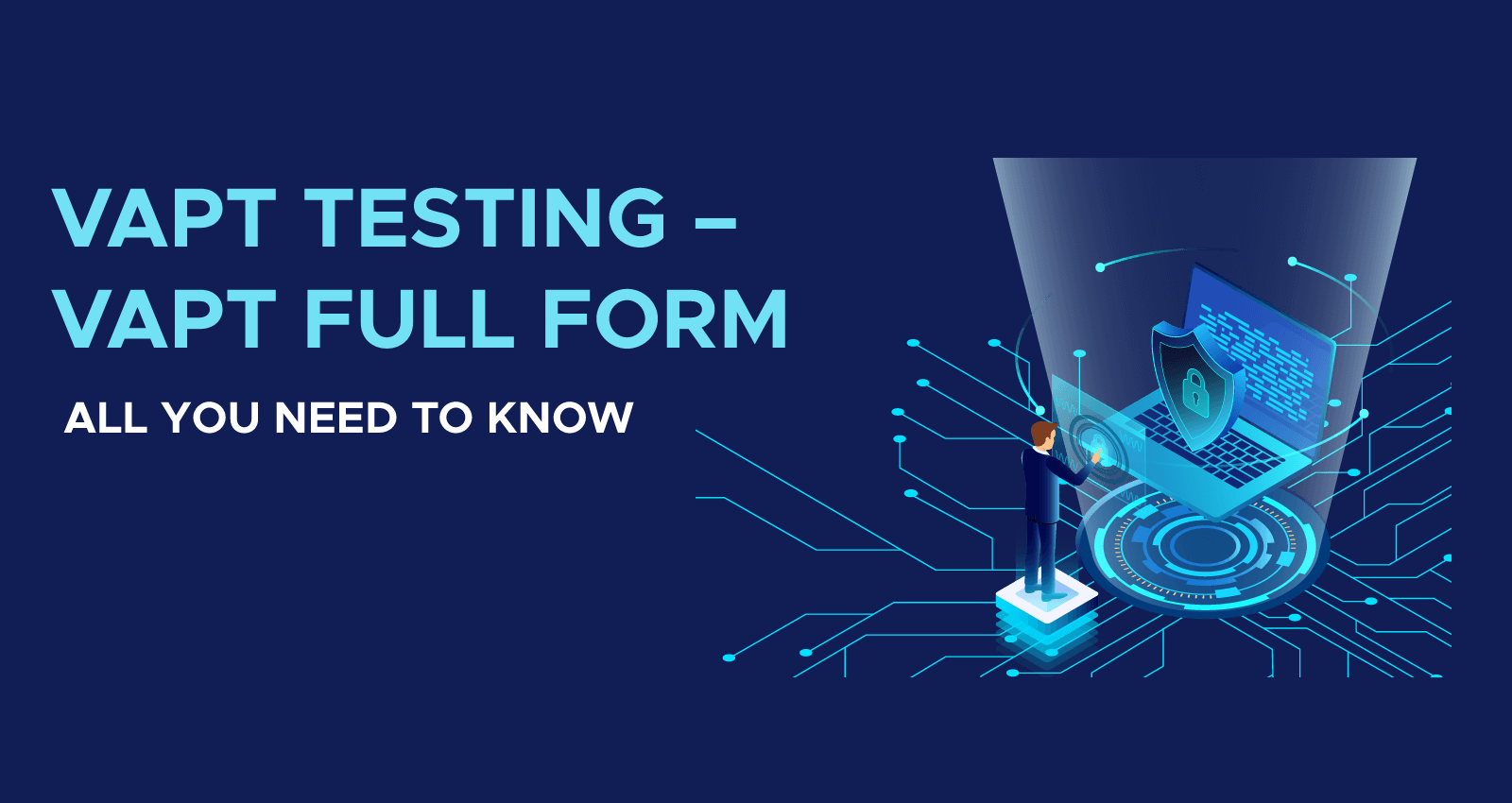What is VAPT?
Vulnerability Assessment and Penetration Testing (VAPT) is a comprehensive security testing methodology that aims to identify, assess, and mitigate security vulnerabilities in an organization's IT systems.
Vulnerability Assessment: This involves scanning the IT infrastructure, including networks, applications, and systems, to identify known vulnerabilities. These vulnerabilities can range from outdated software versions to misconfigurations that could potentially be exploited by attackers.
Penetration Testing: Penetration testing, also known as ethical hacking, goes a step further by actively attempting to exploit identified vulnerabilities. This process simulates real-world cyber attacks to assess the effectiveness of existing security measures and identify any weaknesses that could be exploited by malicious actors.
Why is VAPT Important?
1.Identifying Weaknesses: VAPT helps organizations identify vulnerabilities in their IT infrastructure before cybercriminals can exploit them. By proactively identifying and addressing weaknesses, organizations can significantly reduce the risk of a successful cyber attack.
2.Compliance Requirements: Many industries and regulatory bodies require organizations to conduct regular security assessments, including VAPT, to comply with data protection regulations and industry standards.
3.Protecting Confidential Data: In today's digital age, data is a valuable asset. VAPT helps organizations protect sensitive information, such as customer data, intellectual property, and financial records, from unauthorized access and data breaches.
4.Maintaining Customer Trust: A data breach can have severe consequences for an organization, including damage to its reputation and loss of customer trust. By demonstrating a commitment to security through regular VAPT, organizations can instill confidence in their customers and stakeholders.
5.Cost-Effective Security Measures: Investing in VAPT can ultimately save organizations money by identifying and addressing security vulnerabilities before they can be exploited. The cost of remedying a data breach or cyber attack far exceeds the cost of implementing proactive security measures.
The VAPT Process:
1.Planning and Preparation: This phase involves defining the scope of the assessment, identifying assets to be tested, and obtaining necessary approvals from stakeholders.
2.Vulnerability Assessment: In this phase, security tools are used to scan the IT infrastructure for known vulnerabilities. The results are then analyzed to prioritize and remediate identified issues.
3.Penetration Testing: Ethical hackers simulate real-world cyber attacks to identify potential entry points and exploit vulnerabilities in the IT systems. The goal is to assess the effectiveness of existing security controls and identify areas for improvement.
4.Reporting and Remediation: A comprehensive report is generated detailing the findings of the assessment, including identified vulnerabilities and recommended remediation steps. Organizations can then prioritize and address issues based on the severity of the risks identified.
5.Continuous Monitoring and Improvement: Security is an ongoing process, and regular VAPT assessments should be conducted to stay ahead of emerging threats. Continuous monitoring and improvement of security controls are essential to maintaining a robust cybersecurity posture.
Conclusion:
Vulnerability Assessment and Penetration Testing (VAPT) are essential components of a proactive cybersecurity strategy. By identifying and addressing security vulnerabilities before they can be exploited, organizations can protect their assets, maintain regulatory compliance, and preserve customer trust. Investing in regular VAPT assessments is not only a proactive approach to security but also a cost-effective measure to mitigate the risks of data breaches and cyber attacks in today's ever-evolving threat landscape.





